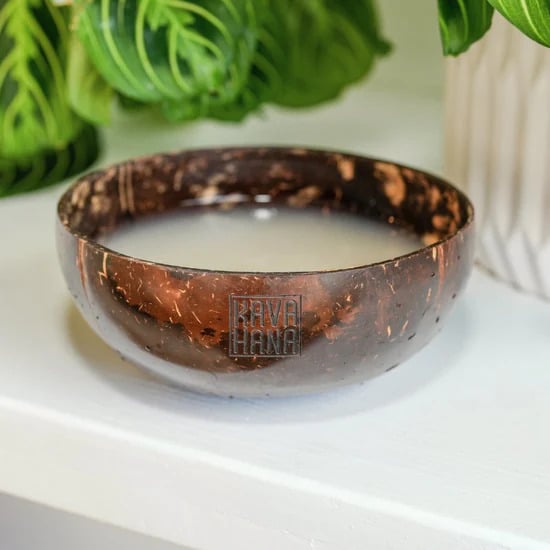Here at Kavahana, we want everyone to love kava as much as we do. But we know that involves building trust and helping you have a great experience when you drink kava for the first time. Here, we have created a list of tips and tricks to keep in mind when you are starting on your kava journey.
Drink kava on an empty stomach
When your stomach is empty, there is nothing else for the kava to compete with for absorption. This means that the kavalactones (the active ingredients in kava) can be absorbed quickly and efficiently. It’s best to drink kava at least 3-4 hours after a meal or snack. Traditionally, kava is drunk as an after-work beverage before going home for the day.
Use room temperature water to make traditional kava
There are a few ways to make kava, but we recommend starting with the traditional way. It’s the most time-intensive, but it’s a great introduction to the culture and preparation of kava. The key is to use room temperature or warm water when you mix the kava root. Using hot water can make the powder clump and unpleasant to drink. For a more detailed description of how to make traditional kava, check out our article here
Your tongue might feel funny
When you drink kava for the first time, you’ll probably get a fuzzy, tingling feeling in your mouth and on your tongue. You might even feel a little numb. This is due to the different kavalactones in the kava root. Kavalactones are kava’s active ingredients and have different effects on your nervous system. This ranges from the calming and relaxing kava it is known for to an anesthetic or numbing effect that you feel in your mouth.
The quality of kava matters
The quality of kava you drink can significantly impact your experience. Poorly sourced kava may use other parts of the kava plant rather than the root, affecting its strength and how it makes you feel. We recommend buying from small Pacific Island farmers who produce fresh, high-quality kava. This has the added bonus of supporting the cultural tradition of kava, which is important when consuming it.
Kava is divided into two categories: Noble and non-Noble kavas. Nobel kavas are the types and cultivars that have the relaxing and social effects we are looking for. They have the best balance of desired kavalactones. On the other hand, non-Noble kavas have unwanted side effects, contain undesirable chemotypes, and have high concentrations of other compounds that can lead to adverse events.
Kava can give you a reverse tolerance
Most of us have heard of tolerance when talking about drugs and alcohol. This is when you need more substance to get the same effects. Well, with kava, it’s the opposite. Kava is a natural adaptogen; it helps support your body’s response to emotional and physical stress. This means the more kava you drink, the less you need to get the same effect. As we drink kava, our bodies learn to manage stress; therefore, kava’s effect is less noticeable since we are experiencing less stress. You can find the right strength of kava for the long term.
You may not feel the effects at first
Some new users don’t feel the effects right away. Don’t lose hope! Many factors go into how kava affects us.
Things to remember:
- Everybody is different. You may need to drink more kava than your smaller friends to get the effects if you are a bigger person. (Similar to alcohol) .
- As mentioned above, it’s important to drink kava on an empty stomach to fully absorb it without competing with other nutrients.
- Not preparing kava correctly or drinking low-quality kava could also be factors.
- It’s also important to drink the right dose, so measure properly if you prepare it yourself.
If you follow these simple strategies, you will have a great kava experience—hopefully the first of many.
* Please note that the majority of kava research pertains to kava extracts, which often undergo significant processing and may contain additional ingredients and fillers that can influence their efficacy. It is crucial to consider this distinction when reading about kava studies. To draw an analogy, enjoying natural kava as a beverage can be likened to experiencing a freshly brewed cappuccino, whereas kava extracts are akin in functionality to a caffeine pill. Both forms have their unique benefits and can cater to different preferences and needs. While it’s helpful to understand research on kava extracts, please view it critically and remember that natural kava offers a uniquely holistic experience.
Tags: how to drink kava, how to drink kava kava, how to take kava, how to consume kava, how to take kava kava, how to use kava, kava with food


